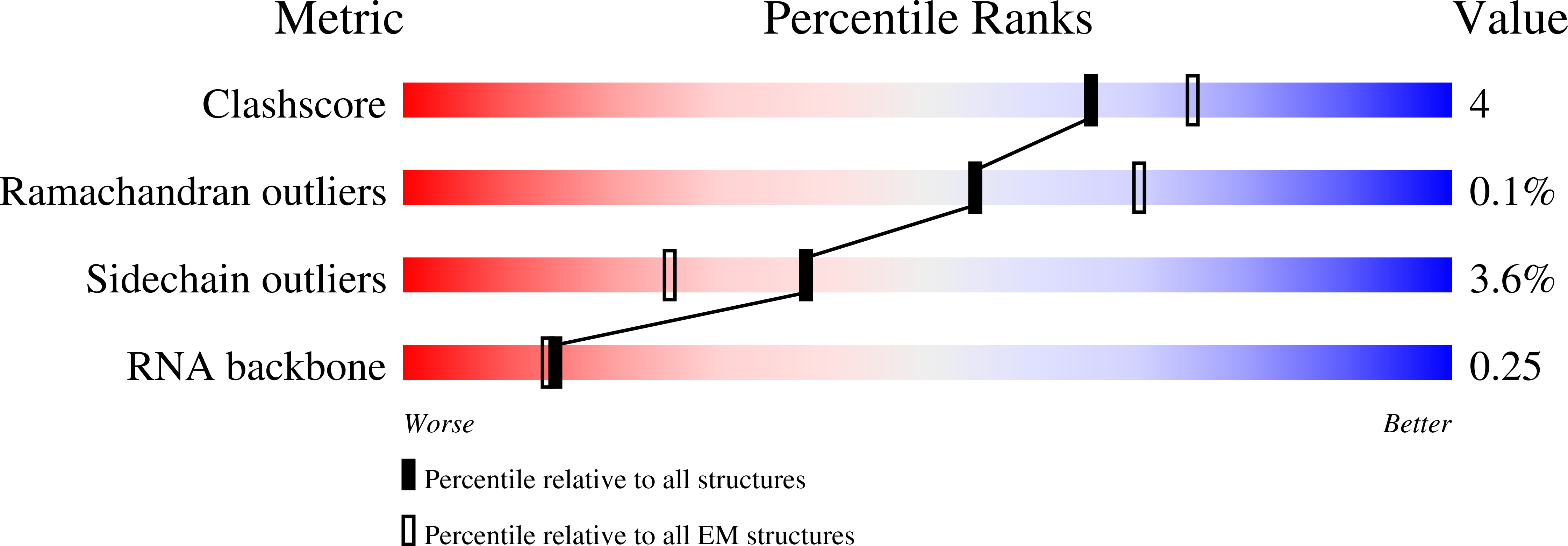
Deposition Date
2021-09-24
Release Date
2022-06-08
Last Version Date
2024-06-05
Entry Detail
PDB ID:
7SBB
Keywords:
Title:
Structure of type I-D Cascade bound to a ssRNA target
Biological Source:
Source Organism:
Synechocystis sp. PCC 6803 (Taxon ID: 1148)
synthetic construct (Taxon ID: 32630)
synthetic construct (Taxon ID: 32630)
Host Organism:
Method Details:
Experimental Method:
Resolution:
3.10 Å
Aggregation State:
PARTICLE
Reconstruction Method:
SINGLE PARTICLE


